
28F, history and tradition of Andalucia on its big day
Andalucia is a charming land that is full of great treasures just waiting to be discovered. Different festivities can be found all year round where visitors can see Andalucia’s culture first-hand. However, there is a special day on this region’s calendar which none other than Andalucia’s Day, a festival where houses fly the white and green flag, children have bread with oil and sugar for breakfast at school while they are told about Andalucia’s history. Many years had to pass and protests take place for this Andalucian feeling to be recognised, and today the 28 F is celebrated in a magnificent way in every corner of southern Spain. Be sure to take part in this great festival.
We’ll tell you where and how.
Curiosities about Andalucia’s Day
- Andalucia’s Day is a holiday celebrated only in the autonomous community of Andalucia and is not a national holiday.
- Andalusia’s Day is a holiday in the region and is celebrated with parades, concerts, cultural and sports activities.
- It is celebrated in commemoration of the referendum that took place on February 28, 1980, in which the Andalucian citizens approved the Statute of Autonomy of Andalucia.
- The official anthem, known as the “Anthem of Andalucia” or “The March of Andalucia,” was adopted in 1980 and its lyrics were written by Blas Infante, considered the “father of Andalucian homeland.”
- The flag of Andalucia, which represents the sunlight and the colors of the land and sea, was created in 1918 by Blas Infante, considered the father of the Andalusian homeland.
- This day is an opportunity to show pride and cultural identity of Andalusia and to celebrate the diversity and richness of the region.
- On this date, it is customary to eat typical dishes of the region such as gazpacho, salmorejo, pescaíto frito, molletes, or tortillitas de camarones.
History of Andalucian autonomy
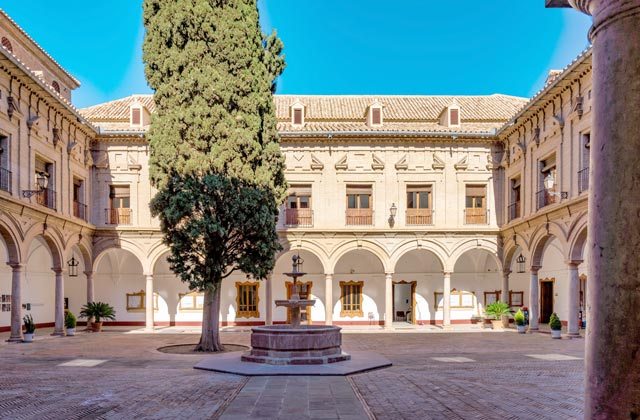
Palacio consistorial de Antequera
The history of Andalucian autonomy has a long journey and has not been easy for its citizens. The referendum was to be held in 1936 but the outbreak of the Civil War prevented it from taking place. The Franco dictatorship made this Andalucian feeling not crystallize until 44 years later.
The antecedent of February 28th 1980 was undoubtedly the December 4th 1978, the date on which the well known Antequera Pact was signed. Once the dictator Francisco Franco died and amid the political transition and decentralization of the State, this document made all the political parties implanted at the time in the region agree to achieve autonomy in the shortest time possible. Just a year earlier, there had already been various manifestations in the capitals of the province where around one and a half million Andalucians took to the streets to demand autonomy and, twelve months later, the foundations of that self management were began to be laid.
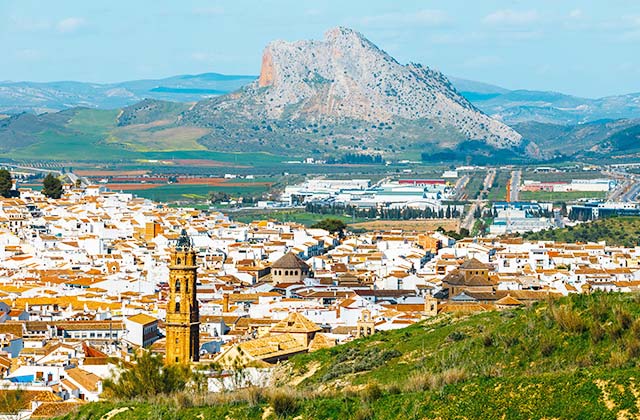
Antequera
To learn about this story, it is very interesting to visit Antequera. If you are in the province of Malaga on this date, do not hesitate to come, also because the locals live Andalucia Day in a very intense way. The historic Antequera Pact was signed in the hall of the City Council and is a scenario that you cannot miss, not only for its value in history but for its aesthetic richness.
It is a Town Hall enabled between the walls of an ancient monastery, with high ceilings, large windows and a typical Andalucian central patio. On Andalucia Day you can also approach El Torcal Theater, where a solemn prize-giving ceremony (the Ephebes of Antequera) is held every year and where it ends singing the autonomic anthem. This city is rich in artistic heritage and can tell you, through its monuments, the history of Mankind from prehistory to the present day. It is a great option to spend this Andalucian festivity.
Referendum
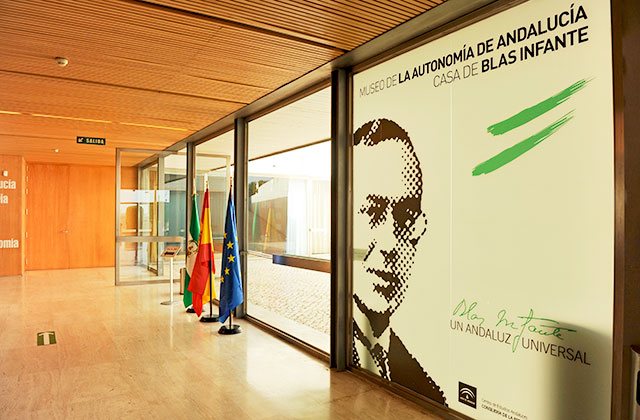
Museo de la Autonomía de Andalucía – Crédito: joserpizarro / Shutterstock.com
After settling the foundations of the Andalucian Autonomy in Antequera, at last on February 28th 1980, the polls took to the streets for the citizens to decide. It was not an easy process because the Central Government banned the hiring of propaganda in the national media to defend the “yes” but still the autonomy won by a majority.
Since then, work began on the first Andalucian Statute of Autonomy that would see the light in 1981. This document regulates the various institutions responsible for the governance and administration within the Community.
The Andalucian Government is the main institution in which the government is organized. Moreover, there are other institutions of self-government: the Andalucian Ombudsman, the Advisory Council, the Chamber of Accounts, the Andalucian Audiovisual Council and the Economic and Social Council. A new Andalucian Statute of Autonomy, which is at present in force, was approved in 2006.
Father of Andalucia
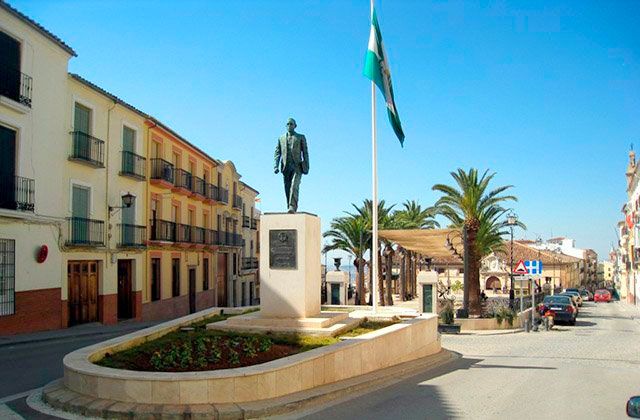
Monumento a Blas Infante en Archidona. Fotografía: javisiles.blogspot.com
If you travel to Andalucia, you’ll see that in many places there are signs of affection and monuments celebrating the father of the Andalucian homeland, Blas Infante. This Malaga-born man has been the main Andalucianism ideologist and the creator of both the flag and the shield and of the Andalucian anthem. A good option if you’re in the province of Malaga on Andalucia Day is to spend it in his homeland, Casares.
The town organizes all kinds of events in honor of its most illustrious neighbor and its narrow passageways of whitewashed houses transport you to the depths of Andalucian aesthetics. Infante also left his mark in other parts of southern Spain where the locals remember him. The beautiful municipality of Archidona has a statue in his honor, near the school where he studied and in the University of Granada (where he studied) there is also a plaque in his memory. The provinces of Seville and Huelva were also closely known by the father of the Andalucian homeland, and generally, at each point of Andalucia, he is remembered with special affection on February 28th.
Celebrations

Mollete de Antequera con aceite
Andalucia Day is celebrated in style in the Autonomous Community and it shows the warm and cheerful nature of the Andalucians. Many towns hang the white and green flag on their balconies and festivities are organized in the main squares. If you want to get to know the south of Spain in a short time, nothing better than to visit it on February 28th. Typical folk acts of the earth such as dancing Sevillanas, Flamenco and other regional manifestations happen in the scenarios enabled in the different municipalities.
You will also be able to taste typical products of each area, as it is very common that culinary tastings are conducted to publicize their local products. But surely you cannot leave Andalucia on its big day without tasting their greatest tradition: the afternoon snack of bread and olive oil. The Andalucian liquid treasure is hallmark and every February 28th it becomes the banner of an entire population that is proud of its roots.
Do not forget, if you visit Andalucia on its big day, do not hesitate to enjoy their traditions and their people in style and thus delve into the idiosyncrasy of a single Mediterranean town.
Breakfasts in Andalucia, the healthiest way to start each morning
Useful Tips for Tourists Regarding Andalucía Day Celebrations
Learn about local events
- Each province (Seville, Granada, Málaga, Córdoba, etc.) organises cultural events such as concerts, recitals, plays, and fairs.
- Visit town hall websites or tourist information centres to discover specific activities.
Enjoy the atmosphere in squares and streets
- Many towns decorate their streets with white and green flags, and outdoor activities such as flamenco shows and Andalucian music performances are common.
- Explore traditional markets, food fairs, and cultural workshops.
Try traditional gastronomy
- Andalucía Day is a perfect occasion to sample traditional dishes such as:
- Gazpacho or salmorejo (weather permitting).
- Migas, a variety of tapas, or local products like olive oil.
- Town halls often offer free bread with olive oil at public events.
Visit monuments and museums
- Some museums and monuments offer free admission on this day.
- It’s an ideal time to explore iconic sites such as the Alhambra in Granada, the Mosque-Cathedral in Córdoba, or the Giralda in Seville.
Take part in outdoor activities
- Many Andalucian families use the day to go on excursions and hikes. Some natural parks, such as the Sierra de Grazalema Natural Park or El Torcal de Antequera, organise special routes.
Prepare for flamenco performances
- Look for flamenco clubs (peñas flamencas) or venues (tablaos) offering special performances on this day.
- Occasionally, free shows can also be found in public squares.
Plan ahead
- As it is a public holiday, many restaurants and hotels may be fully booked, so making reservations in advance is advisable.
- If you plan to use public transport, check the schedules, as some services might be reduced.
Respect local culture
- Avoid noisy or inappropriate behaviour during solemn events.
- Appreciate the pride and joy Andalucians feel for their identity and traditions.
CURIOSITIES ABOUT ANDALUCIA
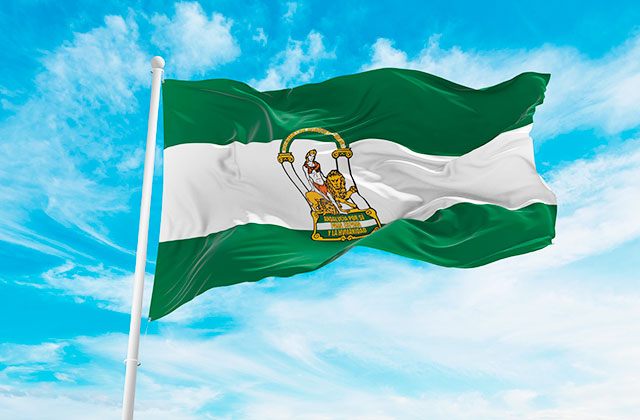
Bandera de Andalucía
Here are some curious details about Andalucia that many may not know:
- Andalucia is the most populous Autonomous Community in Spain (18% of the total national population) and the second largest in terms of territory.
- Andalucia is home to over 70 bullrings, the most famous and important of which is the Real Maestranza in Seville.
- Gastronomy is very important in Andalucia. One example of this is Jerez, a sherry that, as its name implies, is originally from Jerez de la Frontera. Another example is Jabugo in Huelva, the most famous place in Spain for the quality of its ham.
- Another curious aspect of this Community is that the Sierra Nevada (Granada) is a ski resort located in the southernmost part of Spain. Here is where we can also find El Mulhacén, which is the highest peak in the entire national territory with an altitude of 11,411 feet.
- Would you know where the rainiest place in Spain can be found? Well, it is in the region of Grazalema (Cádiz).
- The Andalucian Community has 111 golf courses, of which 66 are located on the Costa del Sol, making Málaga the Spanish province with the most golf courses.
- Every spring, the Strait of Gibraltar has the chance to enjoy one of the largest bird migrations in the world.
- Donkey taxis are something you can only see in Mijas. They came about in the 1960s when tourists would watch workers return home by donkey. It has to be said that the tradition persists and you can still tour the streets of the village of Mijas by donkey.
Things to See and Do in Andalucia
Andalucia, a paradise full of wonders
Andalucia, a world heritage site jewel
WHERE TO STAY
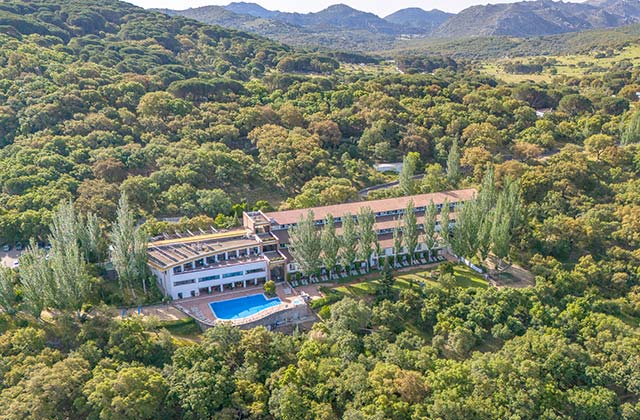
Hotel Fuerte Grazalema
If you travel to Andalucia in February, be sure to choose top quality accommodation. Fuerte Hoteles is the best accommodation option if you are visiting southern Spain. The chain has establishments where you can enjoy, in addition to its amenities, the best of Andalucian geography and its traditions. Its 60+ years’ experience are the best guarantee. Marbella, Conil, Grazalema, El Rompido and Torrox are just some of the enclaves where you can find this amazing accommodation.

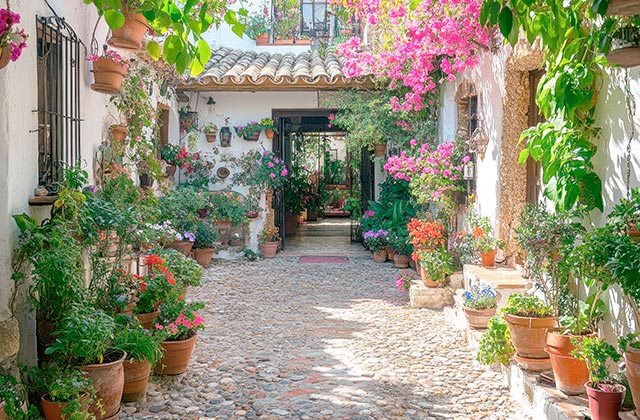
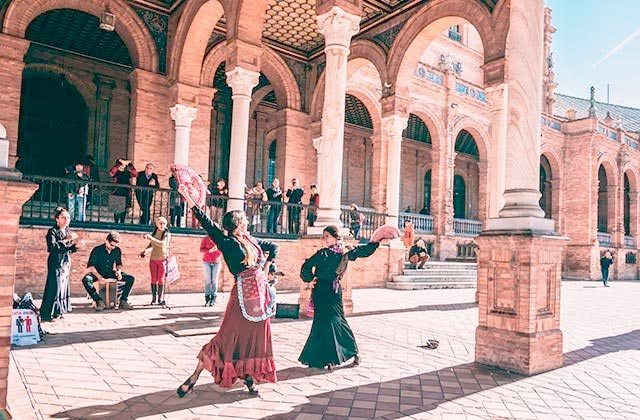
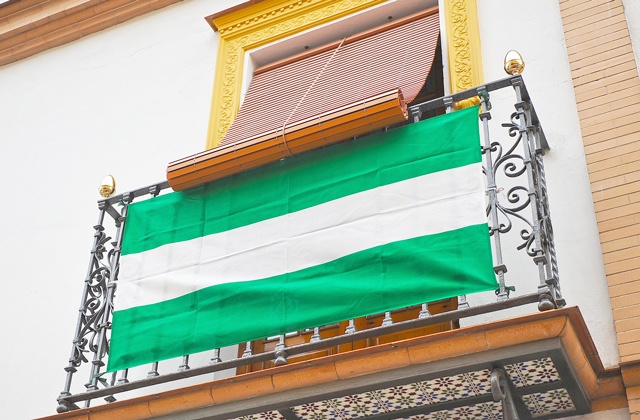






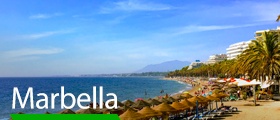

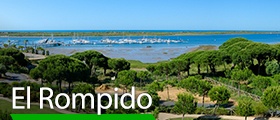
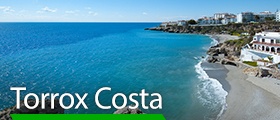
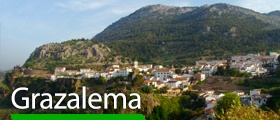






Thank you for this website it was very helpful for the project i am doing on the Day of Andalucia